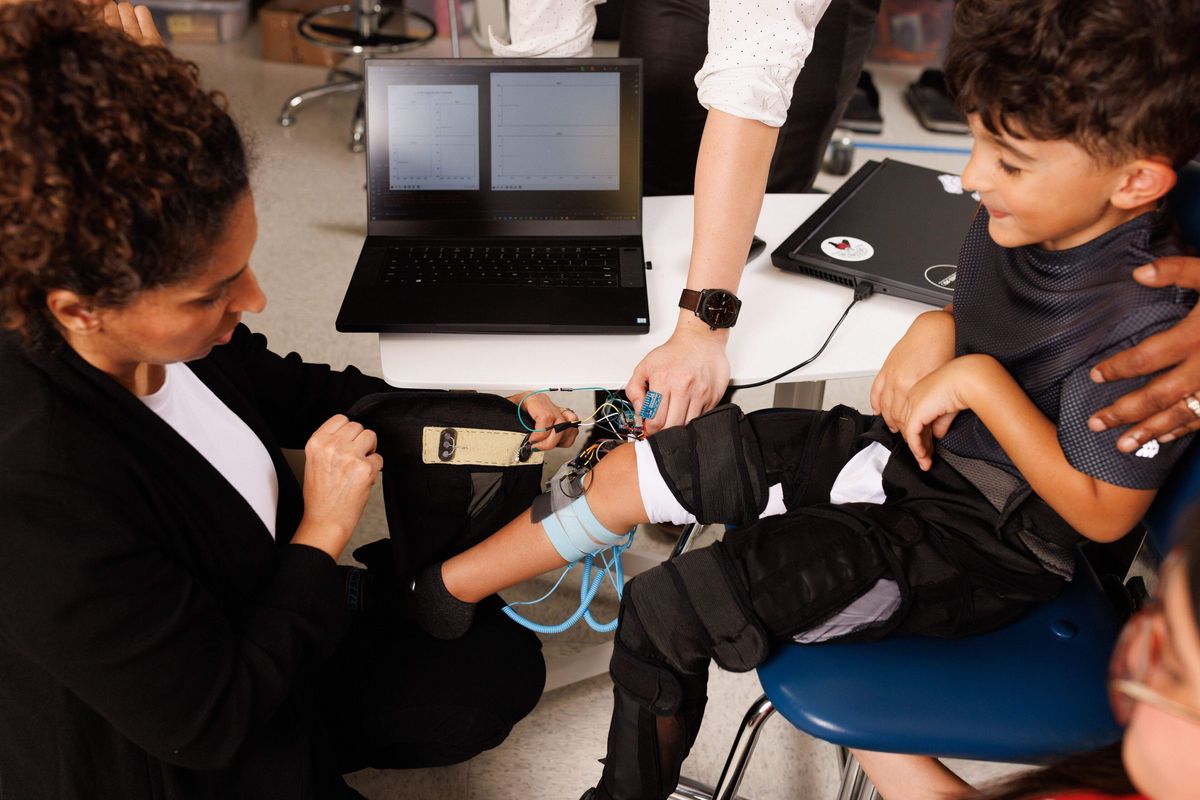UH scientists develop new flood scale for Houston weather resource
Weather Warning
One of the selling points of Houston's Space City Weather (SCW) blog and app has always been its hype-free forecasts. Meteorologists Matt Lanza and Eric Berger inform and soothe the 5 million annual visitors to the site in search of information about the latest weather events around Houston — without hyperbole.
But when severe weather alerts happen, how can SCW reach people in the Greater Houston area in such a way that they know it is time to take action and seek shelter? And when they do, will people understand the best actions to take?
To communicate information with the proper sense of urgency, SCW partnered with University of Houston Professor of Psychology Steven Paul Woods and doctoral student Natalie C. Ridgely to test out the effectiveness of messaging and a new flood scale.
“My lab does work on how people access, understand, and use health information, so I thought we could adapt some of that ongoing work and our expertise in psychological science to answer questions about weather communication, and help keep Houstonians informed and safe,” said Woods.
Woods, Ridgely, and their team recruited 100 Gulf Coast residents for a study and then presented them with weather forecasts that ranged in severity. One group reviewed the previous flood scale model used by Space City Weather that Lanza and Berger felt wasn't conveying enough urgency and information, and another reviewed a new enhanced scale that focused on predictive consumer behavior.
By framing the flood scale in terms of what people should expect to do (fuel vehicles, identify safety routes, etc.), they noticed users were more likely to actually perform preparations.
"People in the weather-protective cue group did a better job of planning for the storms,” said Woods. “We were able to improve flood-protective plans for the people who were at greatest risk of being unprepared.”
SCW has already implemented the new scale on its site as Houston moves further into Atlantic hurricane season. This change will hopefully fulfill SCW's goal of giving residents access to clear information to help them make safety decisions regarding the weather. Each entry on the 1-5 scale offers a simple checklist of safety behaviors, from encouraging the monitoring of emergency frequencies to preparing to move to higher ground. It's simple, but in disastrous situations, sometimes people need to be reminded clearly of simple tasks.
“Frankly, it feels great to be able to expand the Space City Weather Flood Scale to help people take action,” said Lanza.
“One of my biggest concerns about the scale was that we came up with it ourselves, which is fine in a vacuum. But as a scientist, I wanted us to make sure we were pushing out something that was adding value to storm prep, not adding confusion. Does it pass the test of being meaningful and scientifically sound? And who better to help solidify that than an expert in psychology?”
---
A version of this article originally appeared on CultureMap.com.





 California company to launch Walmart drone delivery in Houston
California company to launch Walmart drone delivery in Houston
